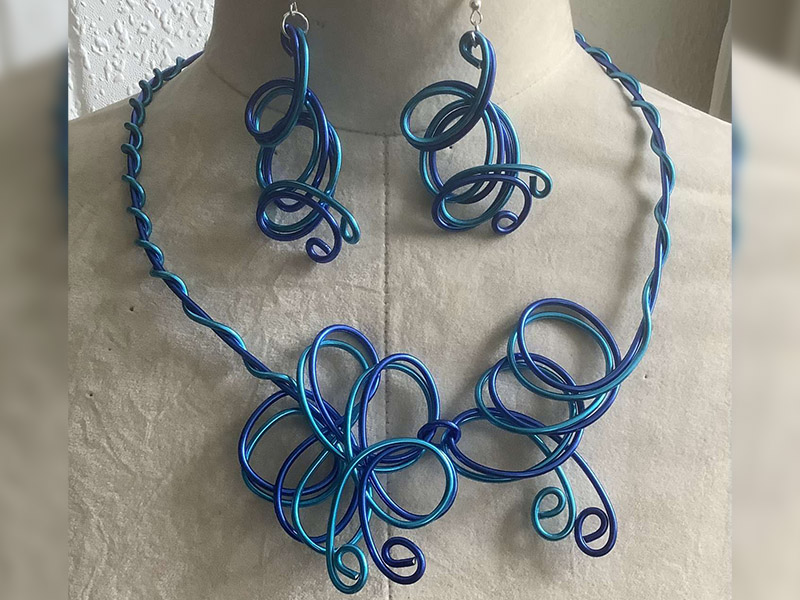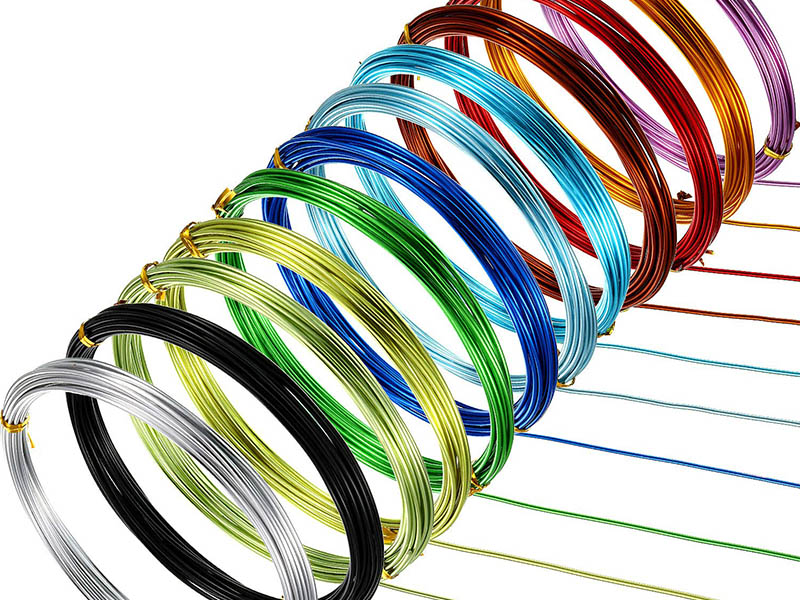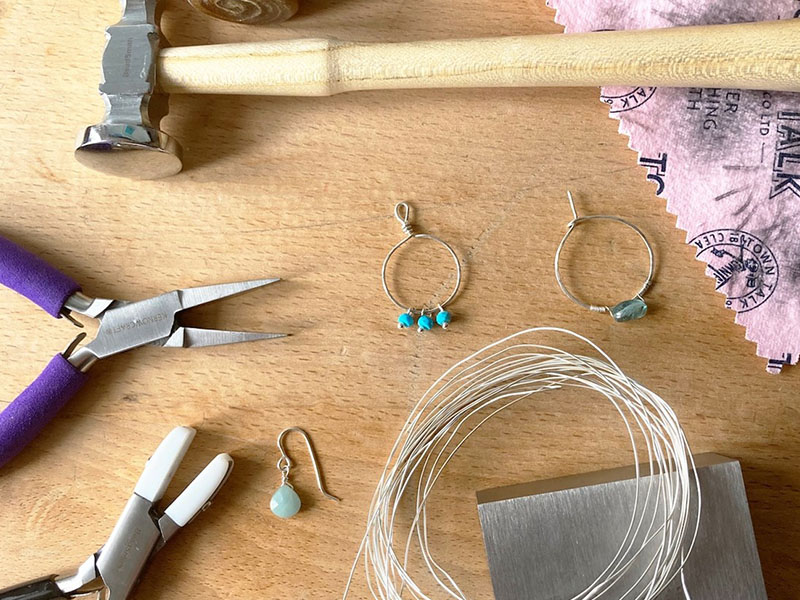Jewellery holds the power to elevate the look of any outfit. The latest trend in this field is wire jewellery. This is very easy with the help of a Jewellery Design Course and you can learn to make and looks fantastic with almost any style.
Wire jewellery is sure to make your heart melt in a jiffy, which is why the wire is so essential for jewellery design courses. Wire jewellery looks aesthetic, attractive and appealing.
How to Find the Right Materials for Your Jewellery?
When you are shopping for wires, keep in mind that wires serve twofold purposes for the jewellery- as a decorative element as well as a support system. Wires come not only in different shapes and numbers of gauges but also in different metals. Gauge describes the thickness of the wire, where the higher the gauge number, the thinner the wire. For many of the jewellery design courses, 20 gauge wires are the most preferred type, though you can also choose 18 and 22 gauge wires which are pretty good as well. An extremely thin wire may not be enough to support numerous beads while it may not be easy to work with heavy wires when dealing with small, intricate patterns.
The hardness or softness of the wire is described by the temper. Wires are mostly available in dead soft, half-hard, and hard tempers. To harden a wire, it is hammered or drawn through holes in a metal draw plate, in the factory while it is softened by heating or annealing.
As suggested by a jewellery design course, cost is another factor that you will have to consider while opting for wires. For working on a new design or for everyday wear, you can use wires made from blends of fewer alloy metals, such as an alloy wire. If you have a well-stocked jewellery shop nearby your home, it becomes easy to find the perfect wire for your project. If not, you can get the samples delivered to your doorstep.
Different Types of Wires Used in Jewellery Design Courses-
1. Practice Wires:
If you are a beginner in a jewellery design course, seeking experience to work with a new pattern, practice wire may just be the right choice for you. You can opt for any inexpensive alloy wire while keeping in mind that the gauge and hardness of the material chosen are similar to the one you will be using for the jewellery.
2. Twisted Wires:
Two lengths of wires are twisted together to create a rippled or beaded effect. You can make your own twisted wires with the help of a jewellery design course or can get it through some companies that may be selling the product.

Source: mademe
3. Coloured Metal Wires:
Different manufacturers sell different coloured wires in a vast range. You can mix two or more colours in the same piece of jewellery or you can mix a colour with your favourite metal. Be sure to use beads that complement your wire and you will be incredibly surprised by the number of special effects you can then achieve.

Source: amazon.in
4. Coloured Plastic Wires:
Did you enjoy making your own jewellery from colourful telephone wires when you were a teenager? It is now more fun doing so with the help of a jewellery design course because the wires have significantly more memory to them and the variety of colours available has also increased quite a lot. Coloured plastic wires actually have metal centres with plastic coatings around them.
Choose a design that echoes the festive feel of the wire as well as the fun. Also, make sure by talking to your supplier that the centre of the wire is not made of lead.
5. Squire Wires:
Squire wires create a completely different look. For stunning results, some jewellery design courses suggest alternate links of flat, round and twisted wire.
6. D- Shaped Wires:
It is a wire that has a flat side and a curved side. In a jewellery design course, these wires are also referred to as half rounds.
Tools Used In Wire Jewellery Design Courses

Source: kernowcraft
1. Wire Cutters
When working with a wire after being enrolled in a jewellery design course, you will obviously need a wire cutter. It is generally advised to use a small wire cutter as you will be cutting wire in small spaces for most of the part. To have better control, pointed ends are generally suggested.
2. Files
To smoothen out the rough edges of the cut wire ends, fine metal fines are used. Quite a few jewellery design courses suggest you skip this step as the unfiled ends can easily snag your favourite garment.
3. Pin Vises
To create lengths of twisted wires in just a few minutes, this simple tool known as pine vises are used. To work this out, insert each wire end into a vise, then tighten and twist. Two different colours of wires as well as two different lengths of wires can be twisted together, alternatively.
4. Pliers
When we talk about the best friend of bead and jewellery making in terms of a jewellery design course, the mention of pliers come instantaneously to our mind. The three most used types are needle-nose, flat-nose and round-nose pliers, though you can find many other specialised types of pliers in the market. To prevent damage to the wire while working, look for a smooth edge and not a serrated one on the inside of the pliers’ jaws. If you are a beginner in wire jewellery making, you can opt for an inexpensive plier but with further experience, you will have to choose a professional plier.
5. Jigs
Jigs are not mandatory for jewellery making in a jewellery design course but when you are making a piece that uses multiple links made in the same shape, jigs can prove to be a lifesaver. You can find a lot of varieties of jig patterns in the local jewellery shop. To create your own wire patterns, you can also play around with some inexpensive wire and different peg placements as jigs also serve as a good design tool.

With our jewellery design course, you don’t need to think twice about whether you can make use of the above-mentioned wires and add a touch of your style & personality to your work.
Also Read : What Does it Take to Become a Jewellery Designer?
At Hunar Online, you will get access to detailed video lessons and can learn from anywhere. You will get 24/7 faculty support and a chance to learn from the experts of the industry. Also, watch our trial classes and get a glimpse of our courses. You can start learning your favourite course by downloading the app.
So, what are you waiting for? Join Hunar Online Courses and do what you always wanted to do.


